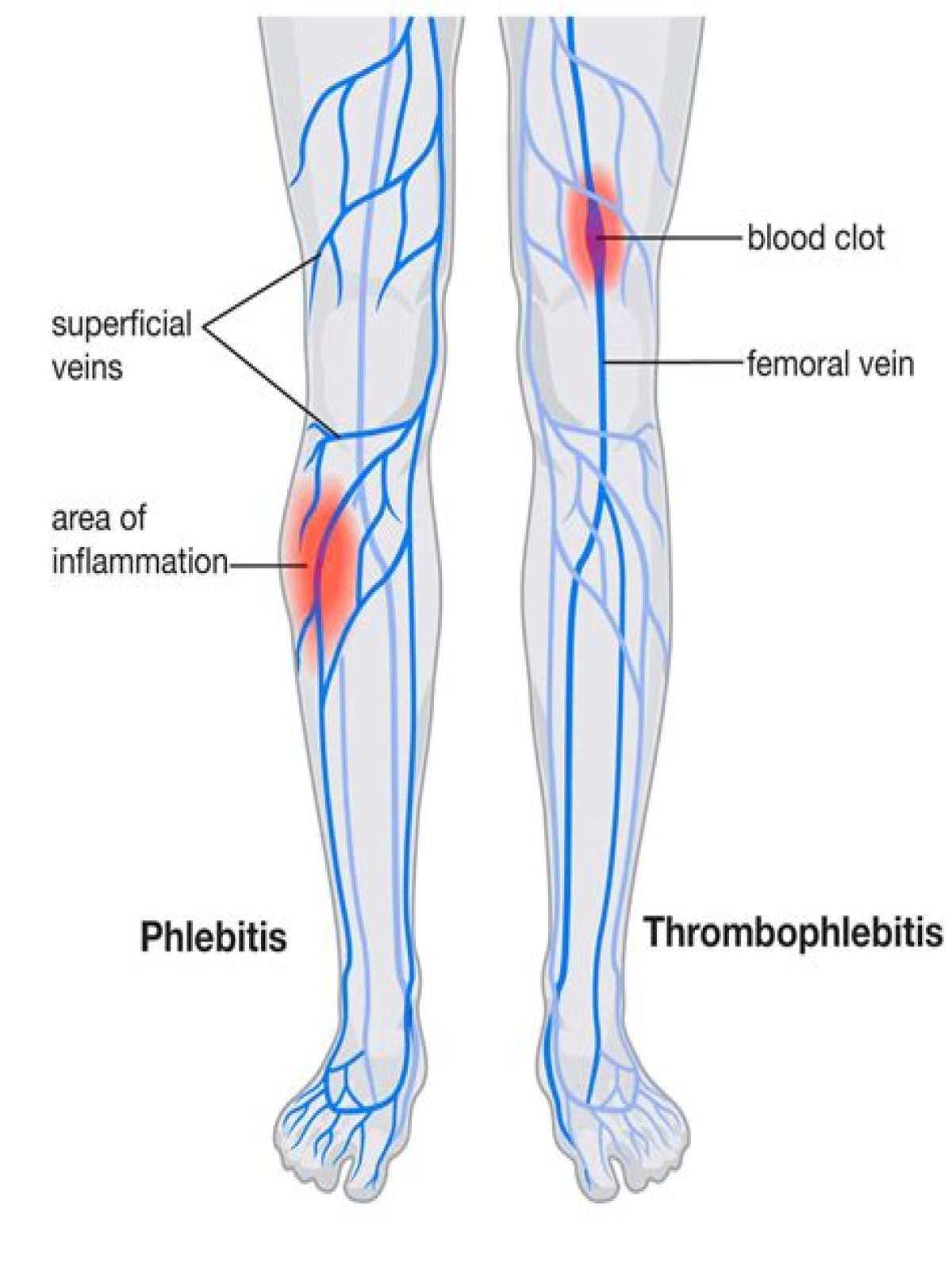Hereof, why do I feel blood rushing in my legs?
Restless legs syndrome typically causes an overwhelming urge to move your legs and an uncomfortable sensation in your legs. The sensation may also affect your arms, chest and face. It's been described as: feeling like fizzy water is inside the blood vessels in the legs.
Subsequently, question is, why do I feel blood rushing through my body? The inner glands produce adrenaline. Adrenaline helps your body react more quickly. It makes the heart beat faster, increases blood flow to the brain and muscles, and stimulates the body to make sugar to use for fuel. When adrenaline is released suddenly, it's often referred to as an adrenaline rush.
Additionally, what does bad circulation in your legs feel like?
Poor circulation can cause pain in the legs, feet, arms, and hands. Cold hands and feet may ache or throb, especially as they start to warm and blood flow returns. Poor circulation in the legs and arms can also cause these areas to ache, including the calf muscles.
Can you feel a blood clot in your leg?
With a blood clot, your leg may also feel warm as the clot worsens. You may even notice a slight reddish or bluish hue to your skin. You shouldn't worry about a clot if the leg pain is made worse with exercise but relieved by rest.
What is restless legs a sign of?
How can I increase blood circulation in my legs?
- Walking. Walking is a simple, low-impact exercise that can help you create a more active and healthy lifestyle and may promote weight loss.
- Stretching.
- Position Your Body.
- Wear Compression Stockings.
- Stop Smoking.
- Manage Your Stress Levels.
What causes swollen legs from the knee down?
Does elevating legs increase blood pressure?
Is tingling a sign of blood clot?
What do leg blood clots feel like?
Why do I feel needle pricks in my skin?
What causes tingling in lower legs?
What pills help circulation?
What are the symptoms of blocked arteries in legs?
What are the warning signs of clogged arteries?
- Chest pain.
- Shortness of breath.
- Heart palpitations.
- Weakness or dizziness.
- Nausea.
- Sweating.
How can I improve circulation in my legs and feet?
- Stop smoking, if you smoke. Smoking has a negative effect on blood circulation.
- Stay hydrated. When you're well-hydrated, your heart has an easier job pumping blood through your blood vessels to your muscles.
- Drink tea.
- Eat a balanced diet.
- Try massage.
- Take a warm bath.
- Try a sauna bath.
When should I be concerned about leg pain?
Can poor circulation reversed?
Can you die from poor circulation?
What are signs of poor circulation?
- Numbness and tingling in extremities. One of the most common symptoms of poor circulation is numbness and tingling in the hands and feet.
- Cold hands and feet.
- Swelling in the lower extremities.
- Cognitive dysfunction.
- Digestive problems.
- Fatigue.
- Joint pain and muscle cramping.
- Skin color changes.
